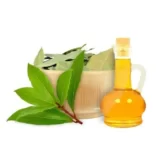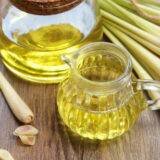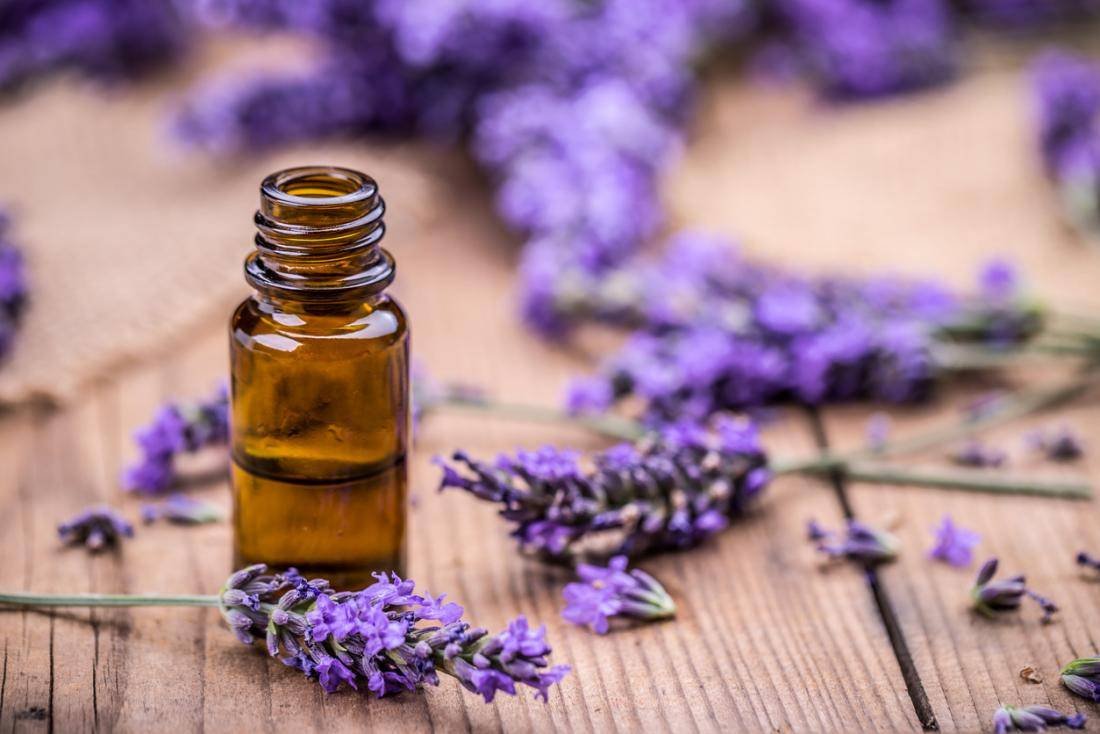Description-
Lavender oil is derived from well known flowering plant Lavandula angustifolia, belongs to Lamiaceae family. Lavender oil is acquired from flowers, leaves/buds of lavender plants through steam distillation. It is rich in esters and other chief constituents are linalyl acetate, linalool, terpene alcohol and terpinen-4-ol. Lavender oil has fresh, clean and dynamic floral aroma. Lavender oil well blends with many essential oils such as cedar wood, clary sage, pine, geranium and nutmeg. It is used in aromatherapy and many aromatic preparation & combination as it tonic for nerves and anxiety. Lavender oil is essential oil and aromatherapy oil as well so it can be applied directly on skin.
Extraction-
Lavender oil is extracted from flowers, leaves/buds of lavender plants through steam distillation.
Composition-
It is composed of 150 active constituents. It is rich in esters and other chief constituents are linalyl acetate, linalool, terpene alcohol, terpinen-4-ol and other constituents are camphor, cis-ocimene, lavandulyl acetate, 1, 8-cineole, limonene and geraniol.
Properties-
Lavender oil has fresh, clean and dynamic floral aroma. Its fragrance is calming, relaxing and balancing Lavender oil is clear with a tinge of yellow in appearance.
Blending-
Lavender oil well blends with many essential oils such as cedar wood, clary sage, pine, geranium and nutmeg.
Uses-
- It is used in aromatherapy and many aromatic preparation & combination as it tonic for nerves and anxiety.
- It is used to increases the mental activity by removing nervous exhaustion & restless and helpful in treating headache, migraine, depression, nervous tension and emotional stress.
- It is used in making of perfume, soaps and beauty products because of its dynamic aroma.
- It is used as bug repellent.
- It is used to induce sleep for the patients who are suffering from insomnia.
- It is used for treatment of hair loss and also it kills lice, lice eggs and nits so lavender oil strengthens the hair.
- It is used to improve blood circulation, lower blood pressure and for hypertension.
- It is used in making of creams and lotions as it heals the cuts, wounds, burns and sunburns.
- It is used to stimulate production of gastric juices and bile, aiding in treatment of indigestion, stomach pain, colic, flatulence, vomiting and diarrhea.
- It is used for treatment of leucorrhea.
- It is diuretic as it stimulates urine production.
- It is effective against respiratory disorders, used for treatment of throat infection, flu, cough, cold, asthma, sinus congestion, bronchitis, whooping, coughs, laryngitis and tonsillitis.
- It is used to relieve various types’ pain, sore & tense muscles, muscular aches, rheumatism, sprains, backache and lumbago.
Safety and Precautions–
- Do not use lavender oil while pregnant or breast feeding women.
- Do not use lavender oil people who have sensitive skin as it may cause allergic reaction.
- It may cause nausea, vomiting and headaches.
- Do not use diabetes patients.
Specification of Lavender Oil:
Testing Protocol BP
Description Colourless or pale yellow clear liquid.
Odour Complex or reminiscent of linaslyl acetate.
Solubility Very slightly soluble in water, miscible with ethanol ( 96%) and with fatty and essential oils.
Identification A. Meets the requirement
- Meets the requirement
Refractive Index 1.455 to 1.466
Weight per ml 0.878 to 0.892
Optical Rotation -12.5° to -6.0°
Acid Value max. 1.0
Chromatographic Profile:
Limonene Max. 1.0%
Cineol Max. 2.5%
3-octanone 0.1% – 5.0%
Camphor Max. 1.2%
Linalool 20% – 45%
Linalyl Acetate 25% – 47%
Terpinen-4-ol 0.1% – 8.0%
Lavandulyl Acetate Min. 0.2%
Lavendulol Min. 0.1%
Α-terpineol Max. 2.0%
Chiral Purity Meets the requirement
Storage In well fitted container in cool and dry place below 25°C.






